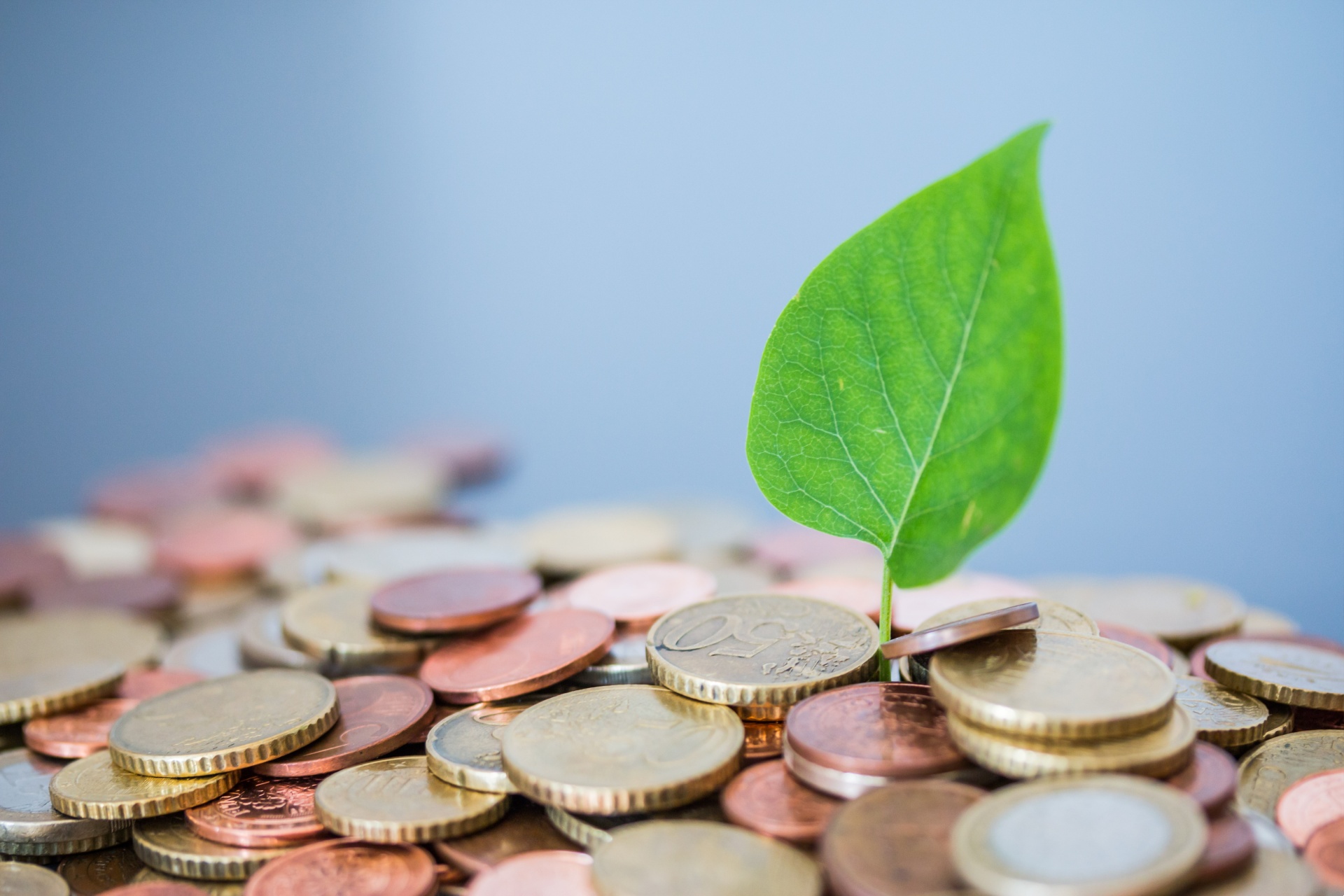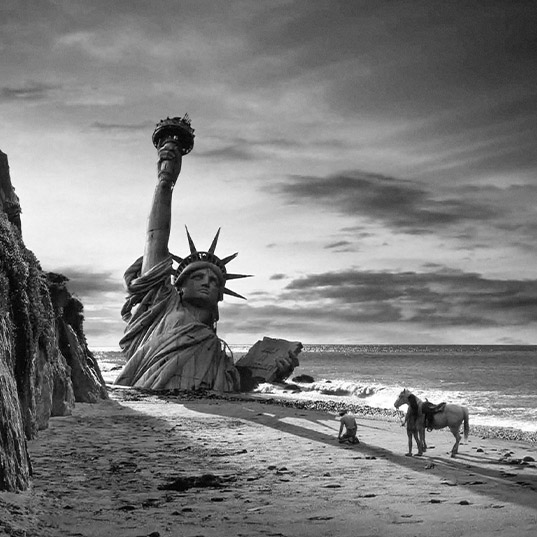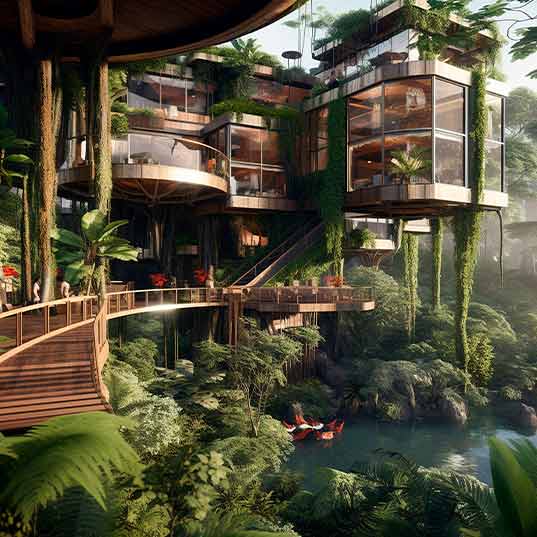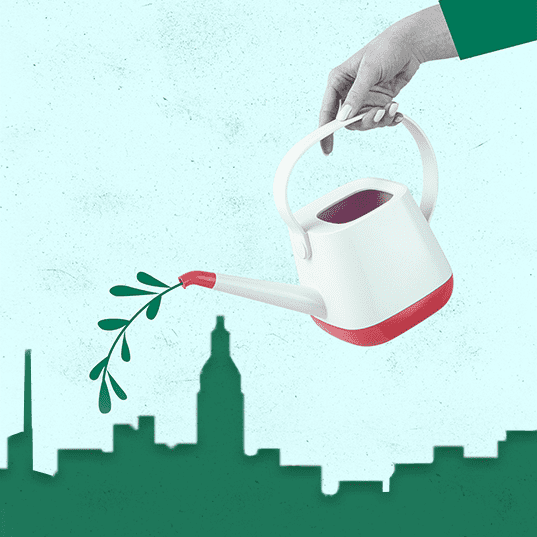Regenerative tourism: discovering the world sustainably
A kind of tourism that values sustainability over everything else is possible. We'll tell you how to make the world a better place while travelling.
Humans' desire to discover the world in which they live dates back to ancient times, with humans trying not only to explore unknown places and to establish new business relations, but also to travel for the fun of it. The Olympic Games in Delphi, for example, which were established in 776 B.C., attracted thousands of people from all over Greece and from colonies overseas to Mount Parnassus to attend competitions or enter the sanctuary. A swarm of travellers that could already be called tourists.
Since then, tourism has become one of the most important economic sectors and is responsible for compelling people who are drawn to the history, culture or nature of other places to travel from one end of the globe to the next. It is also an industry that has a significant environmental impact and that has recently started progressing towards regenerative tourism. Let's see what kind of tourism that is exactly.
What will I find out from this article?
- Why we need regenerative tourism
- Everything that regenerative tourism entails
- What activities are included in regenerative tourism
Why we need regenerative tourism
No one wants to travel to damaged or polluted places, right? However, many destinations are wearing away after welcoming thousands of tourists every year.
This is what’s happening in Hawaii. Residents of West Maui and Upcountry villages were subject to mandatory water restrictions during the summer drought of 2022. Using water for non-essential purposes, such as watering lawns or washing cars, was punishable by fines of $500. However, the tourism sector, which uses 44.7 per cent of Hawaii's water, was not subject to any limitations.
Protests from Hawaiians were not long in coming. And the authorities' response came this year in the form of a law that seeks to promote regenerative tourism. According to Hawaii's governor, Josh Green, the new legislation will protect cultural and natural resources while boosting career opportunities for residents in the tourism industry.
"The tourism sector, which uses 44.7% of Hawaii's water, was not subject to any limitations".
Although it puts enormous pressure on the island's resources, tourism is a vital element of the region's economy. "We need to move towards a regenerative tourism model that is beneficial to Hawaii's environment and communities, while still generating hundreds of thousands of jobs and many small businesses on the islands," said HTA (The Hawai'i Tourism Authority) vice president Mahina Paishon in a statement to local media.
Hawaii’s instance is not unique. In some places, tourism has even been banned. This is the case on the Thai island of Koh Tachai, a paradise that in just five years suffered considerable degradation of its natural resources. Massive visitation was destroying the island's biodiversity, leading the Thai government to close it indefinitely to tourism.
We could cite hundreds of examples. Like what happened in Costa Rica in 2015, when a wave of tourists prevented hundreds of thousands of turtles from laying their eggs on beaches.
Not to mention other cases, such as the dolphin calf that was taken out of the sea to satisfy the curiosity of tourists and ended up dying.
 In addition to the damage it causes to the environment, tourism also affects the social development of places where it is present. It often generates progress or economic muscle, but sometimes it leads to a real urban problem. The documentary The Venice Syndrome (2012) recounts this perspective, explaining how in just a few decades, this place went from being a habitable city to a mere tourist attraction that serves day-trippers.
In addition to the damage it causes to the environment, tourism also affects the social development of places where it is present. It often generates progress or economic muscle, but sometimes it leads to a real urban problem. The documentary The Venice Syndrome (2012) recounts this perspective, explaining how in just a few decades, this place went from being a habitable city to a mere tourist attraction that serves day-trippers.
As a result of rising prices and the loss of local businesses, the city lost many of its inhabitants, who were forced to emigrate. Not to mention the adverse effects of cruises passing through and the impact of rising sea levels on a city that is more and more exposed to flooding each year.
We don't know if the directors of the documentary could have imagined when they premiered it, that by 2021 the city would have to make the decision to charge all its visitors to enter the city and make them book their entry in advance, as if it were some kind of a theme park rather than a place that has been one of the most dynamic and important centres for Italian culture, art and its economy for centuries.
"Tourism has always been seen as a money-generating machine sustained by culture, history, gastronomy and nature"
They say that humans destroy everything they touch and that is what is happening in many unique places. Is it possible to travel without damaging the environment? Also, can tourism benefit the places we visit?
Tourism has always been seen as a money-generating machine sustained by culture, history, gastronomy and nature. However, in recent times, we are discovering that sustainability can also provide added value in this sector. Environmentally responsible, affordable and attractive tourism is possible — a kind of tourism that is based on regeneration and sustainable regeneration.
What is regenerative tourism?
Regenerative tourism advocates a sustainable way of travelling and experiencing other places. Its main objective is for visitors to have a positive impact on their holiday destination, leaving it better than they found it. A concept that goes beyond "do no harm" and seeks the regeneration and active revitalisation of the environment, producing positive results for communities and local economies: sustainable regeneration.
The basic idea is to use tourism to leave destinations, communities and the environment in better condition than they would’ve been without such visits. To achieve this, such travel tends to go beyond novelty and innovation to the rediscovery of traditional wisdom. For example, if we look at continents such as Australia, Asia and Latin America, tourism there incorporates aspects of indigenous traditions and spirituality. In this sense, regenerative tourism is also built around cultural immersion experiences and volunteerism for travellers.
Following the border closures we experienced during the height of the pandemic, tourism leaders in destinations around the world have spent a lot of time re-evaluating their assets and offerings. All indications are that, from now on, regenerative tourism will be an interesting way to plan our holidays.
"A concept that goes beyond "do no harm", and seeks active regeneration and revitalisation of the environment, producing positive outcomes for communities and local economies".
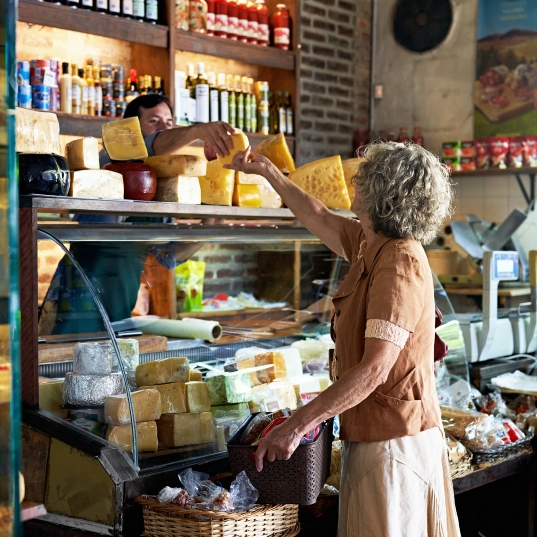
What activities are included in regenerative tourism
Would you like to enjoy your next trip as a regenerative tourist? The easiest way to do this is to offset your emissions. You can do this through companies that capture carbon emissions to protect our climate, such as Greenfleet or Sustainable Travel International.
Or assess who you are booking your holiday with. Choose responsible agencies, tour operators and hotels that have the lowest environmental impact possible or that have some kind of a positive impact on the local community.
Want more ideas? Well, grab a pen and paper! Here are some of the things you can do to practise regenerative tourism:
💰 Buy from local businesses and establishments. Sustainability not only means looking after nature, but also includes progress when it comes to people. Therefore, respecting each community's culture and way of life is a key factor in regenerative tourism. In order for local communities to thrive and continue to live in a dignified way in the destinations we visit, we must contribute to the local economy by buying from their establishments, hiring their services and partaking in their activities.
🧹 Help clean up and restore the environment. We should all appreciate how important it is to enjoy a clean and healthy environment. We should therefore also look at what we can do to prevent it from becoming polluted or damaged. One way to help minimise this problem is to get actively involved in cleaning beaches and forests etc. All you need to do is always bring a bag with you and take a few minutes when you are out for a walk to pick up the rubbish you find along the way.
💪 Work together with social projects that need help. In Nepal, Tiger Mountain Pokhara Lodge cabins are used to raise funds for the school, to go towards finishing the construction of additional classrooms and training teachers. Travellers can make donations to the school while they enjoy activities such as hiking against a backdrop of breathtaking natural beauty.
As a society, we are becoming increasingly more aware that we need to take care of the planet. This is something that we also think about when we are on holiday. Travelling sustainably is not just possible — it also brings us much closer to the world in which we live.
Fuentes:



